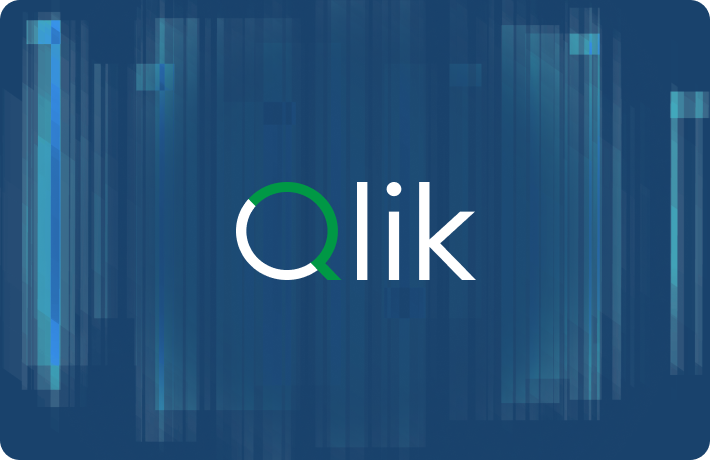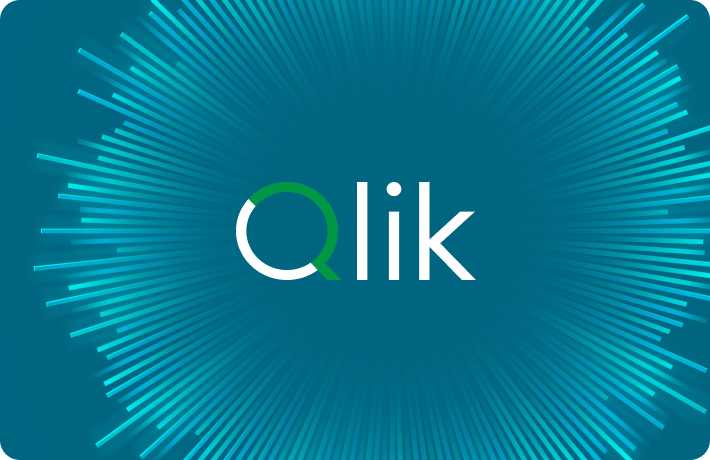As a product leader, you're always looking for ways to stay ahead of the curve, meet evolving customer needs, and keep your product competitive. But with tight budgets, growing pressure to innovate, and constantly changing demands, it’s not always easy. Embedding AI-powered analytics into your application can be a powerful way to overcome these challenges and add more value for your users. But why is this approach so crucial, and how can you implement it effectively?
The Value of Embedding AI-Powered Analytics into Your Solutions
Today, users expect seamless access to insights directly within the tools they already use, such as CRMs, ERPs, and industry-specific platforms. No one wants to switch between apps just to get the information they need. By embedding AI-powered analytics into your solutions, you can provide contextual, data-driven insights that enhance decision-making and improve the user experience. This is particularly important in industries like healthcare, logistics, and fintech, where real-time data can be a game-changer. Additionally, by embedding a third-party AI-powered analytics solution, you can leverage their product and expertise to streamline your development process, avoid overloading your internal resources, and bring your product to market faster, giving you a significant competitive edge. Let me walk you through some key points to consider before embedding these capabilities into your product.
Key Considerations for Embedding AI-Powered Analytics
1. Choose the Right Framework for a Smooth Integration
The right tech stack makes all the difference. Some tools, like Qlik’s qlik_embed library, allows you to integrate full analytics apps, including predictive AI and genAI features, or just specific components like dashboards and reports, directly into your product. It works seamlessly with modern frameworks like React and Svelte and can be extended with additional integrations through qlik_api, making customization easy. Plus, it’s lightweight and cookie-free, ensuring a smooth experience for your users.
2. Equip Your Team with the Right Tools
Time is crucial, especially when deadlines are tight. No-code and low-code features can make a huge difference. Platforms like Qlik Cloud Analytics™ with pre-built connectors and automation features allow your developers to focus on more important tasks rather than repetitive work. This not only speeds up development but ensures you’re still meeting security and management standards.
3. Unlock the Power of AI-Powered Analytics
Embedding AI-powered analytics in your solution can unlock new levels of value for your users. From real-time predictive insights and smart search to actionable recommendations, these features can completely transform the user experience. Qlik Cloud Analytics™ offers its own predictive AI and generative AI capabilities, which are easy to embed and scale. The result? New revenue opportunities through premium services like forecasting and smart search, plus a more intelligent, data-driven app that gives users what they need, right when they need it.
4. Simplify Deployment and Scaling
Deployment and scaling should be simple, not a headache. With SaaS platforms like Qlik Cloud Analytics™, you can scale your app effortlessly as demand grows, without worrying about major infrastructure changes. Automated workflows, updates, monitoring, and built-in security and compliance (like GDPR, HIPAA, SOC2 + HITRUST CSF and more) take care of the routine work, freeing up your team to focus on building innovative features.
5. Give Users Autonomy Without Losing Control
Users want the freedom to explore their data, but they also need to feel secure. With self-service dashboard creation and data model customization, users can take control of their experience, bringing in their own data and aligning it with your curated datasets. You can maintain security with single sign-on (SSO) and managed permissions, while still giving users the flexibility to create their own analyses and customizations.
Final Thoughts
Embedding AI-powered analytics into your application isn't just a “nice-to-have,” it’s a “must-have” to stay competitive. By delivering real-time, context-aware insights within the tools users already rely on, you can improve efficiency, add innovative features, and enhance the overall user experience.
Want to dive deeper into how to embed AI-powered analytics into your solutions? Check out our eBook: Embedded AI-Powered Analytics.













































